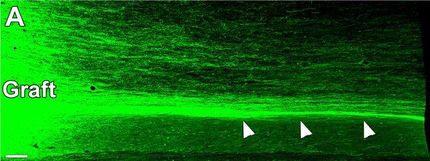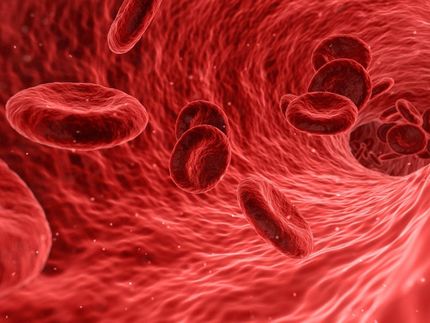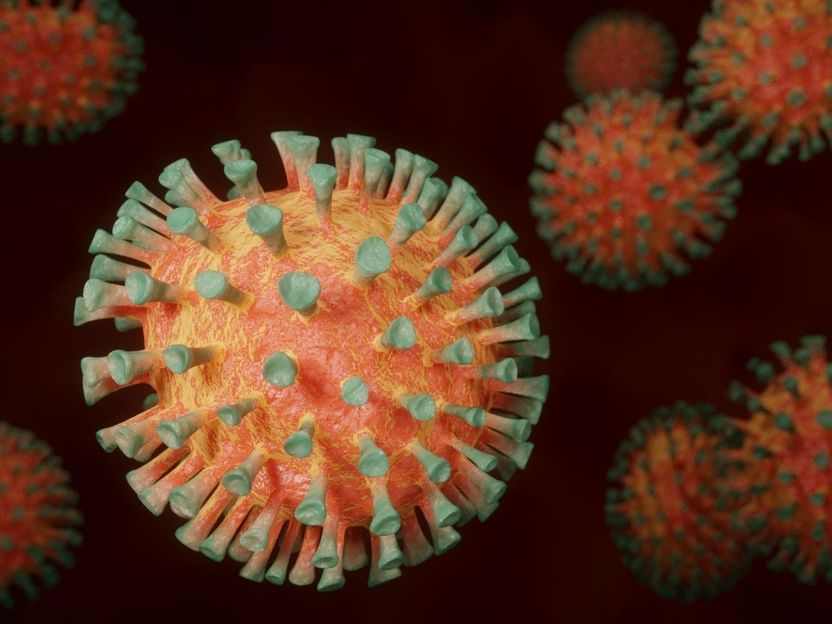First successful use of expanded umbilical-cord blood units to treat leukemia
Scientists at Fred Hutchinson Cancer Research Center have cleared a major technical hurdle to making umbilical-cord-blood transplants a more widely-used method for treating leukemia and other blood cancers. In a study published in Nature medicine , Colleen Delaney, M.D., and colleagues describe the first use of a method to vastly expand the number of stem/progenitor cells from a unit of cord blood in the laboratory that were then infused into patients resulting in successful and rapid engraftment.
The relatively small number of stem cells in cord blood units (about one-10th the number a patient receives from a conventional transplant) has been a reason that cord blood transplants take much longer to engraft than standard stem cell transplants from donors. The longer the engraftment takes, the higher the risk is that immunocompromised patients will acquire life-threatening infections because they have essentially no white blood cells to fight them.
Despite the numbers disadvantage, cord blood is a promising source of stem cells to replace diseased blood and immune systems in stem cell transplantation because the donated cells don't need to be perfectly matched to the patient. The lack of a suitable match is why about 30 percent of patients overall who need a stem cell transplant to treat cancers such as leukemia can't find suitable donors. Among racial-minority patients the number who cannot find suitable donors is about 95 percent.
The use of expanded cord blood cells could decrease the risk of early death, which is higher in patients receiving a cord-blood transplant without expanded cells. Further clinical trials and technological improvements are needed to verify the efficacy of cord blood transplants that use expanded cells, the authors said.
"The real ground-breaking aspect of this research is that we have shown that you can manipulate stem/progenitor cells in the lab with the goal of increasing their numbers. When given to a person, these cells can rapidly give rise to white blood cells and other components of the blood system," said Delaney, an assistant member in the Hutchinson Center's Clinical Research Division and an assistant professor in the Department of Pediatrics at the University of Washington School of Medicine.
The stem cell expansion was possible by activating the Notch signaling pathway in the stem cells. This approach was developed by Irwin Bernstein, M.D., a member of the Hutchinson Center's Clinical Research Division, and was initially published in Nature Medicine in 2000. A decade of work ensued resulting in successful translation of the laboratory findings to patients in a clinical setting.
Delaney and colleagues built upon Bernstein's earlier work by engineering a protein that can be used in the lab to activate the Notch signaling pathway in stem cells and manipulate the cells in tissue culture to expand in quantity.
This successful laboratory method for expanding the number of stem/progenitor cells from a single unit of cord blood resulted in an average 164-fold increase in the number of CD34+ cells, a type of hematopoietic stem cell. Such cells are multipotent and give rise to all types of blood cells. Delaney said that a typical unit of cord blood usually contains less than 200,000 stem cells per kilogram of body weight of the recipient patient. In contrast, the expanded units contained on average 6 million CD34+ cells per kilogram of body weight, which is on par with conventional transplant sources.
The current study also describes the outcomes of 10 patients in an ongoing phase 1 clinical trial who received two units of cord blood to treat high-risk, acute leukemia. Each patient received one unit of non-manipulated cord blood and one in which the cells were expanded in the lab. Researchers evaluated the safety of infusing the expanded cells as well as how long it took to reconstitute the blood system, how durable the transplants were and which cord blood unit contributed the most to engraftment. The age range of the patients was 3 to 43.
The results to date show that on average it took 14 days for the transplanted cells to engraft, versus an average of four weeks when non-expanded units of cord blood were used. Seven of the 10 patients are still alive with no evidence of disease and with sustained, complete donor engraftment. Tests revealed that the recovery of white blood cells early post transplant were derived predominantly from the expanded cord blood unit.
























































